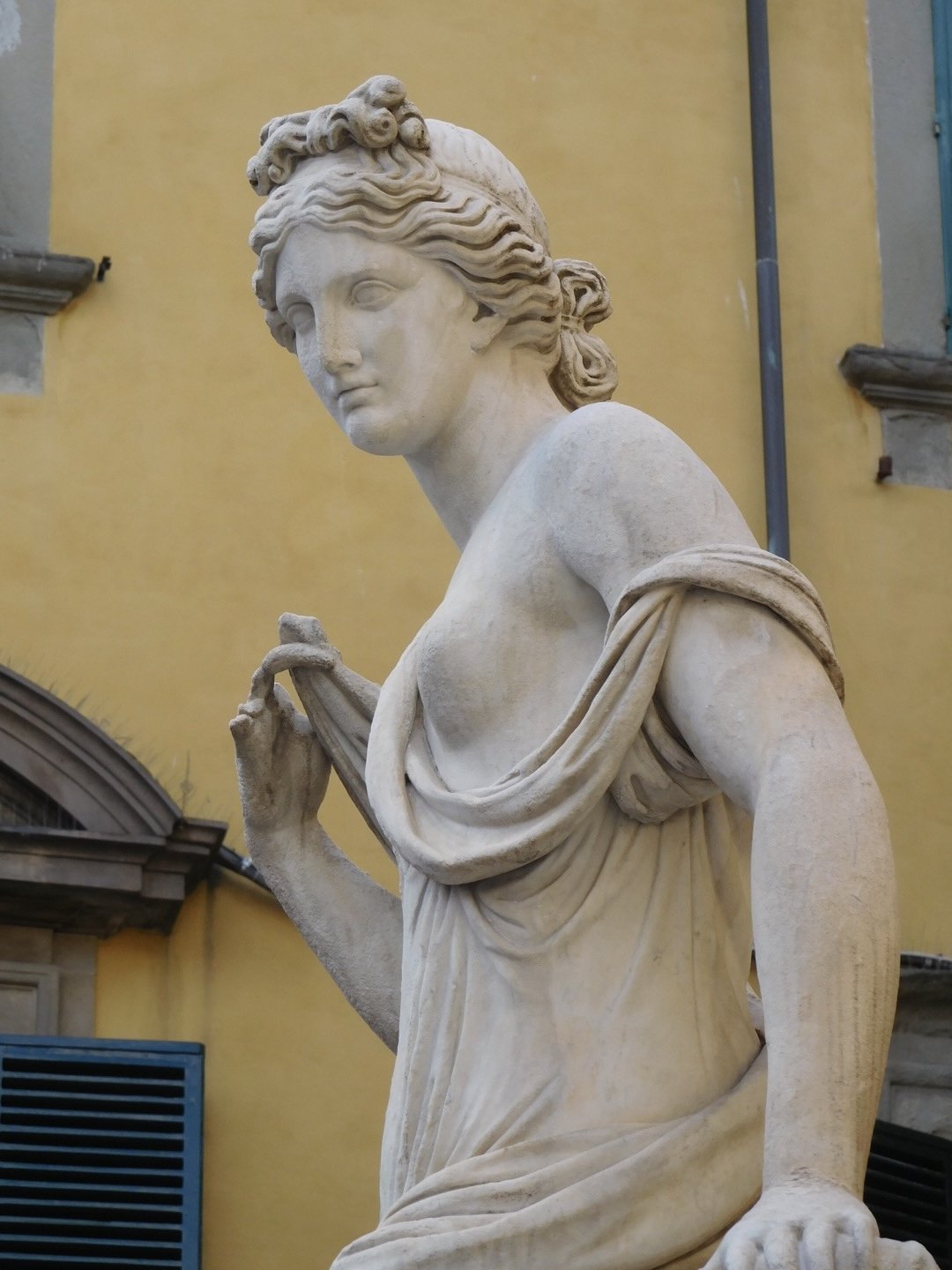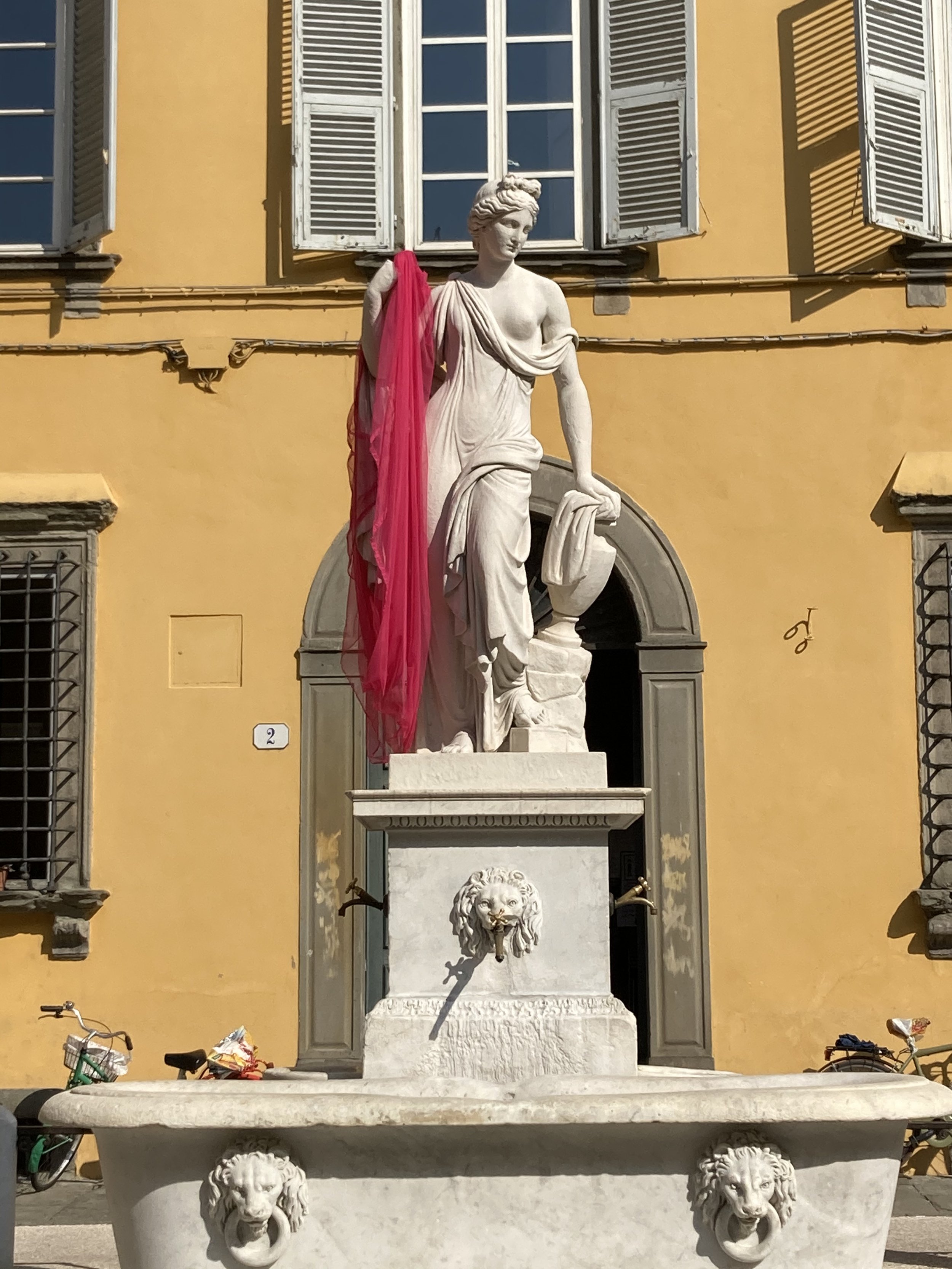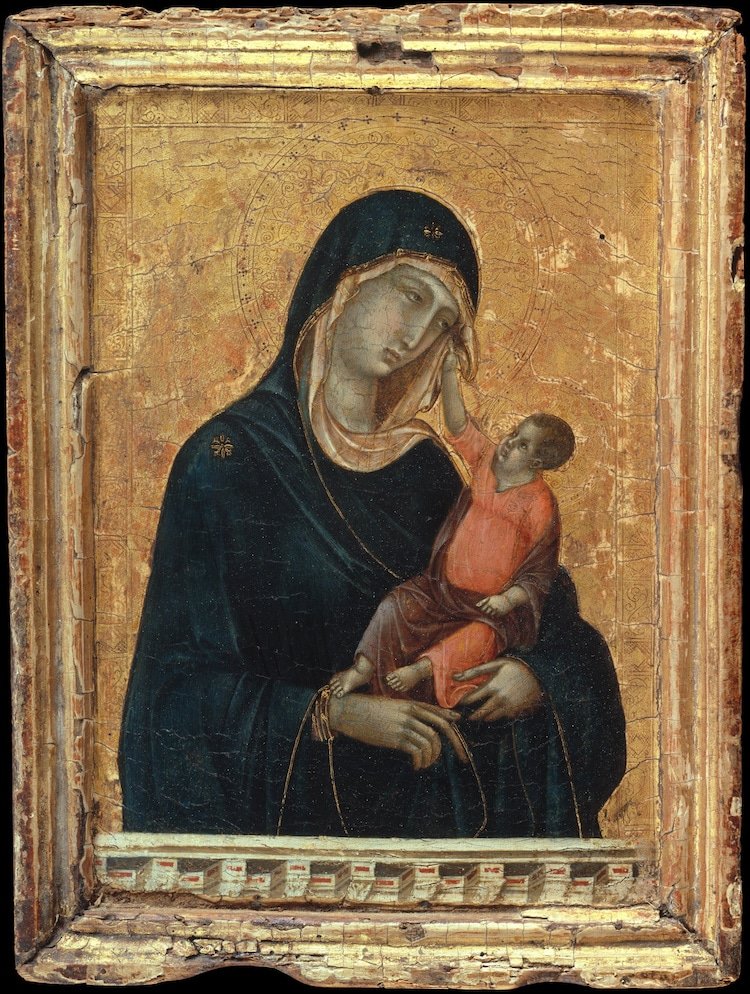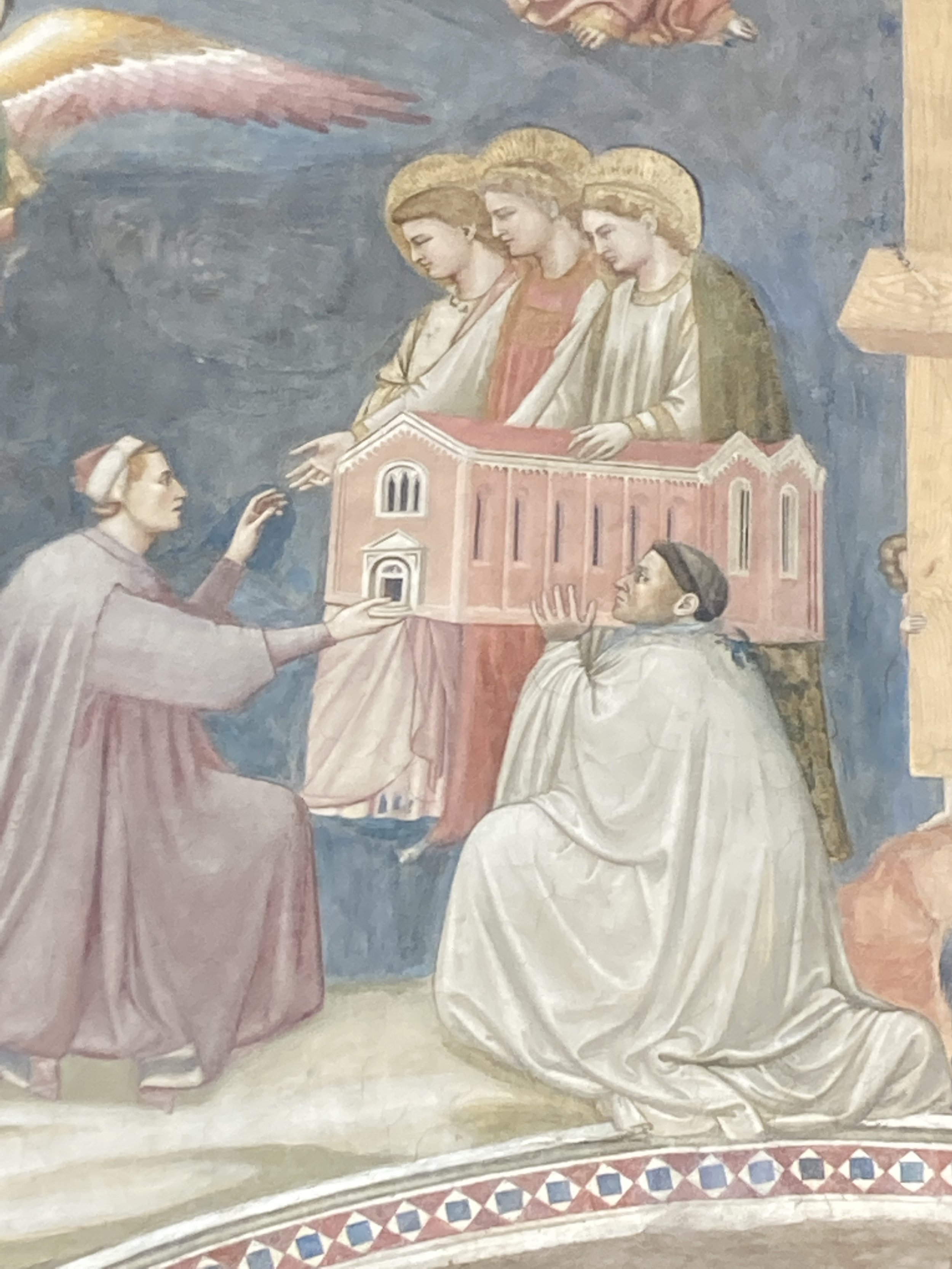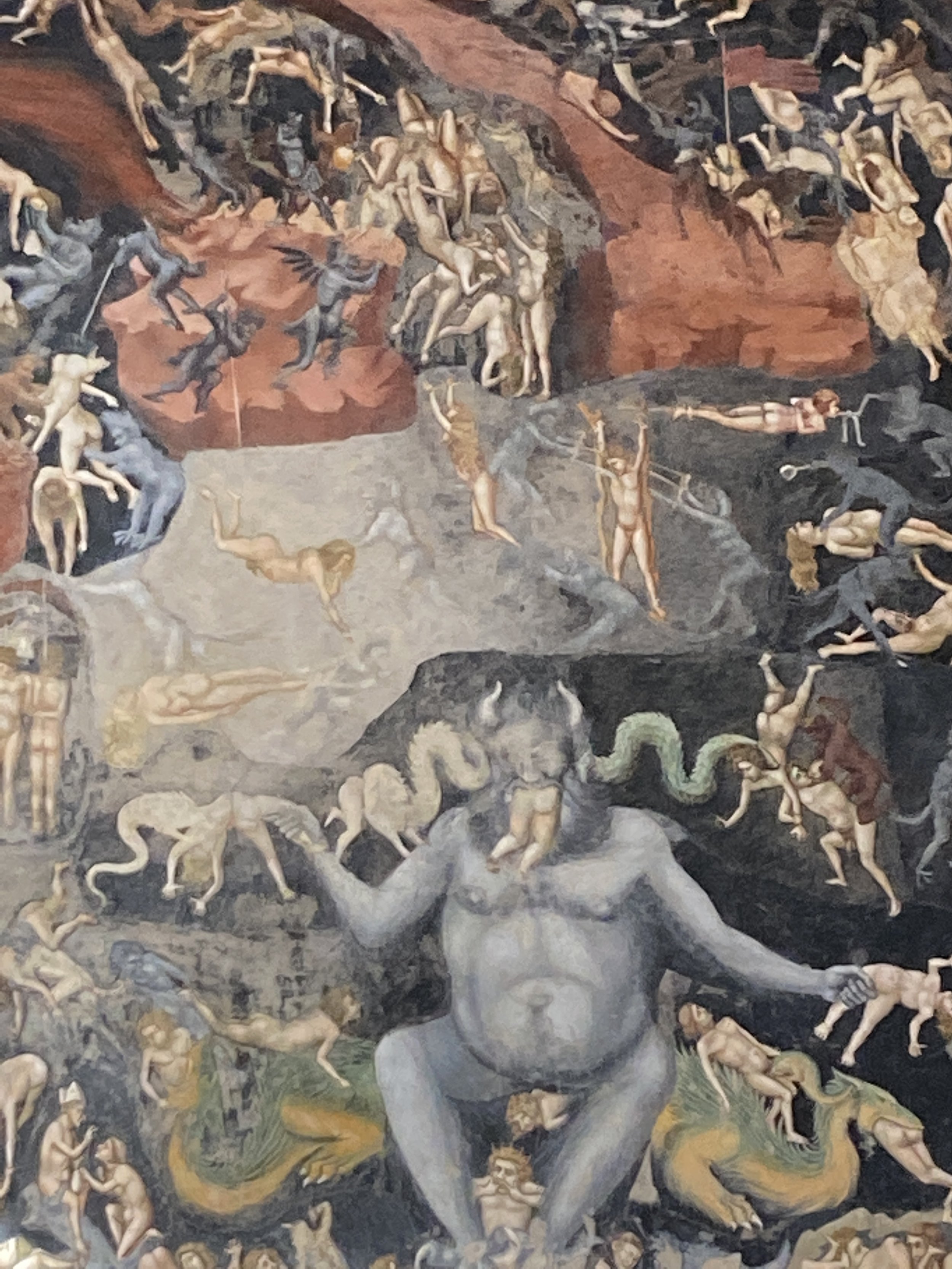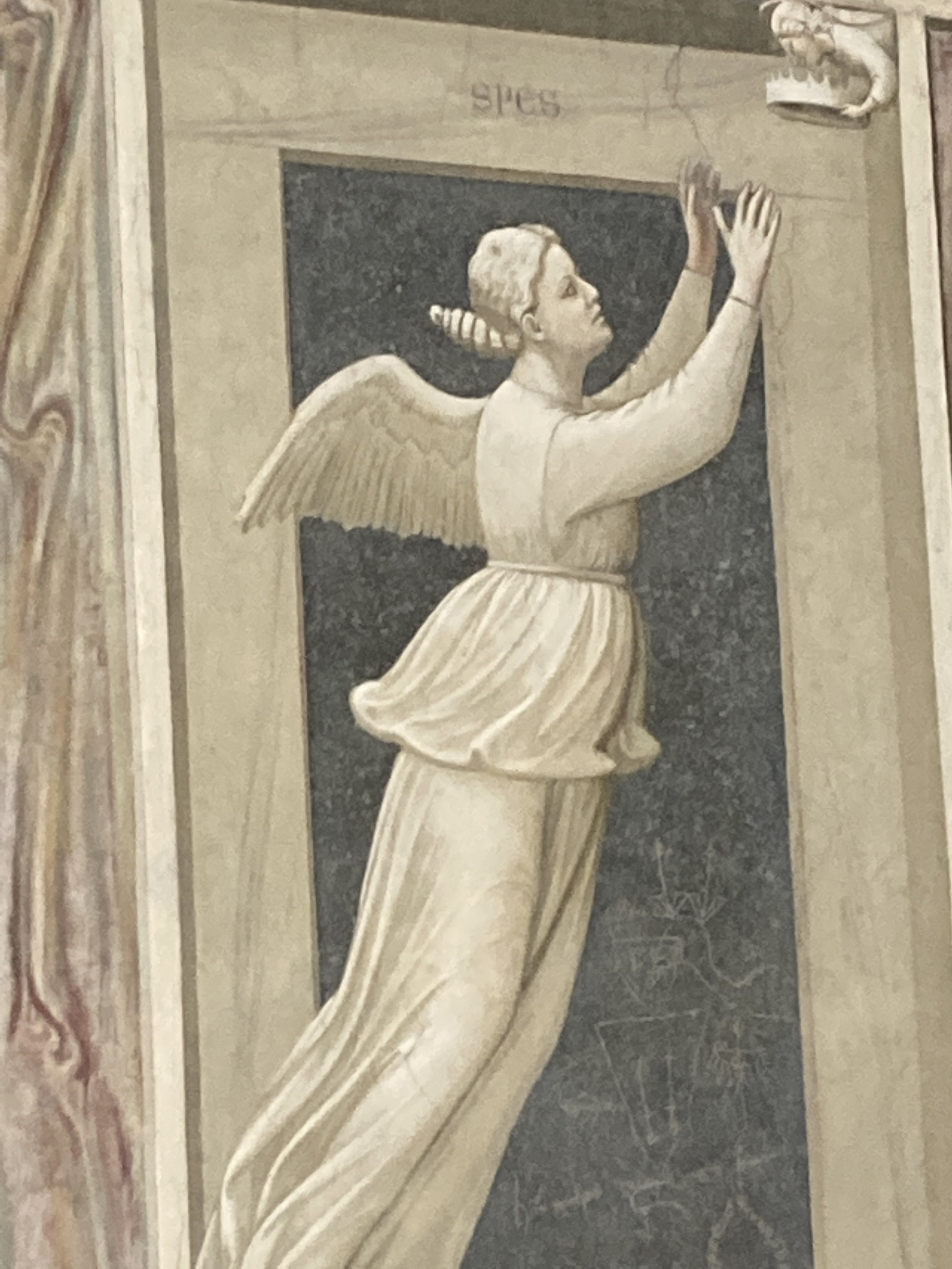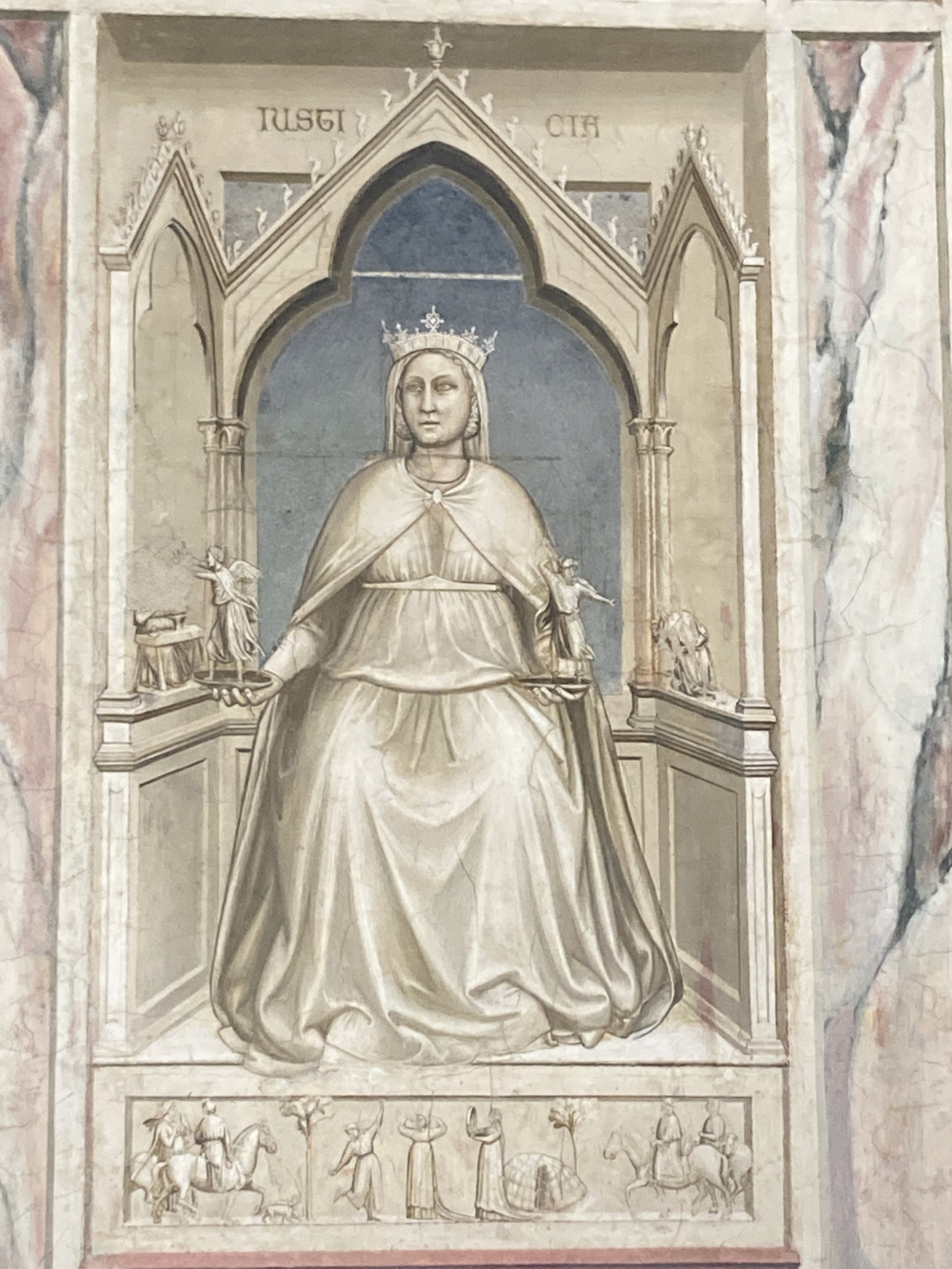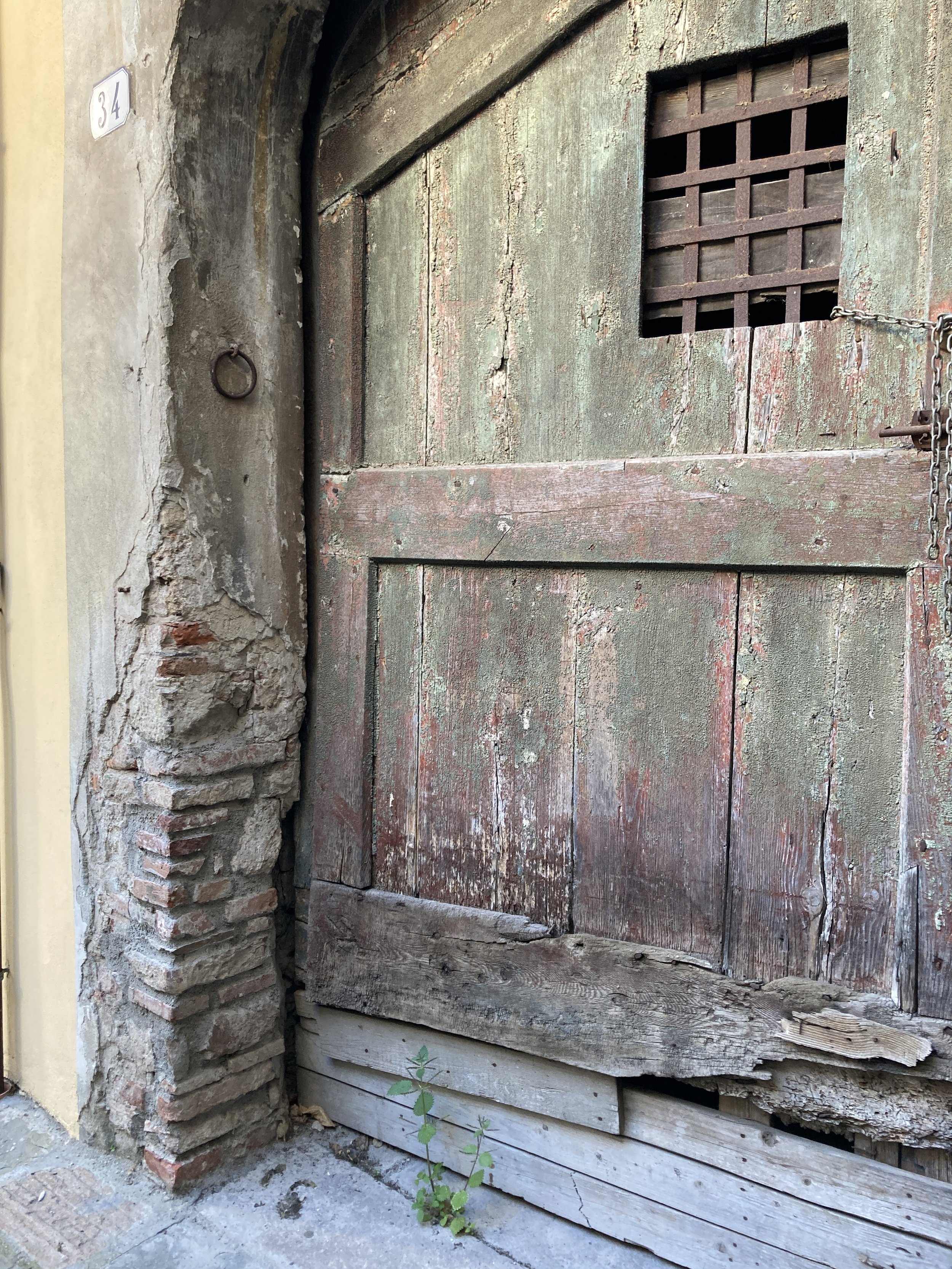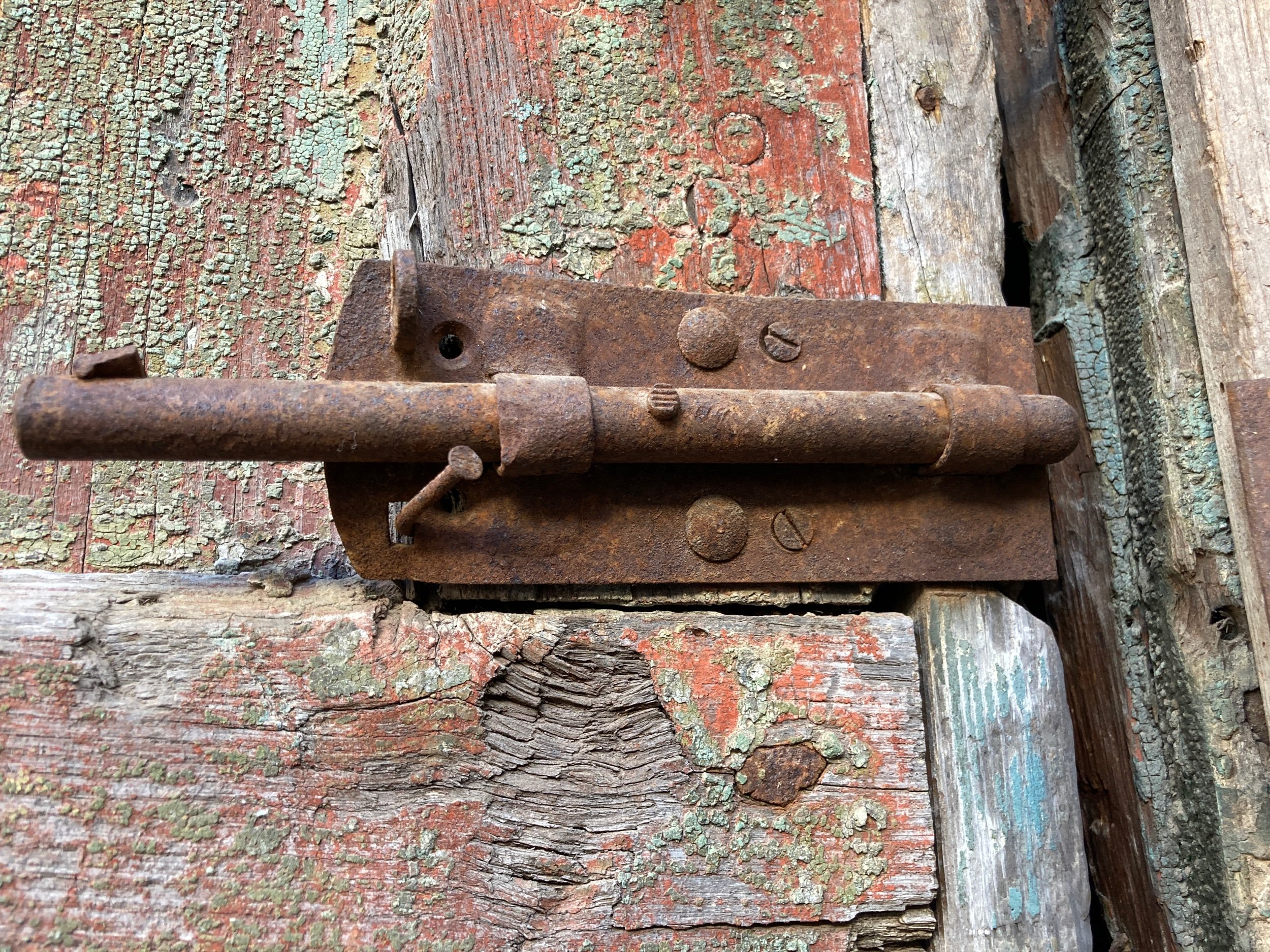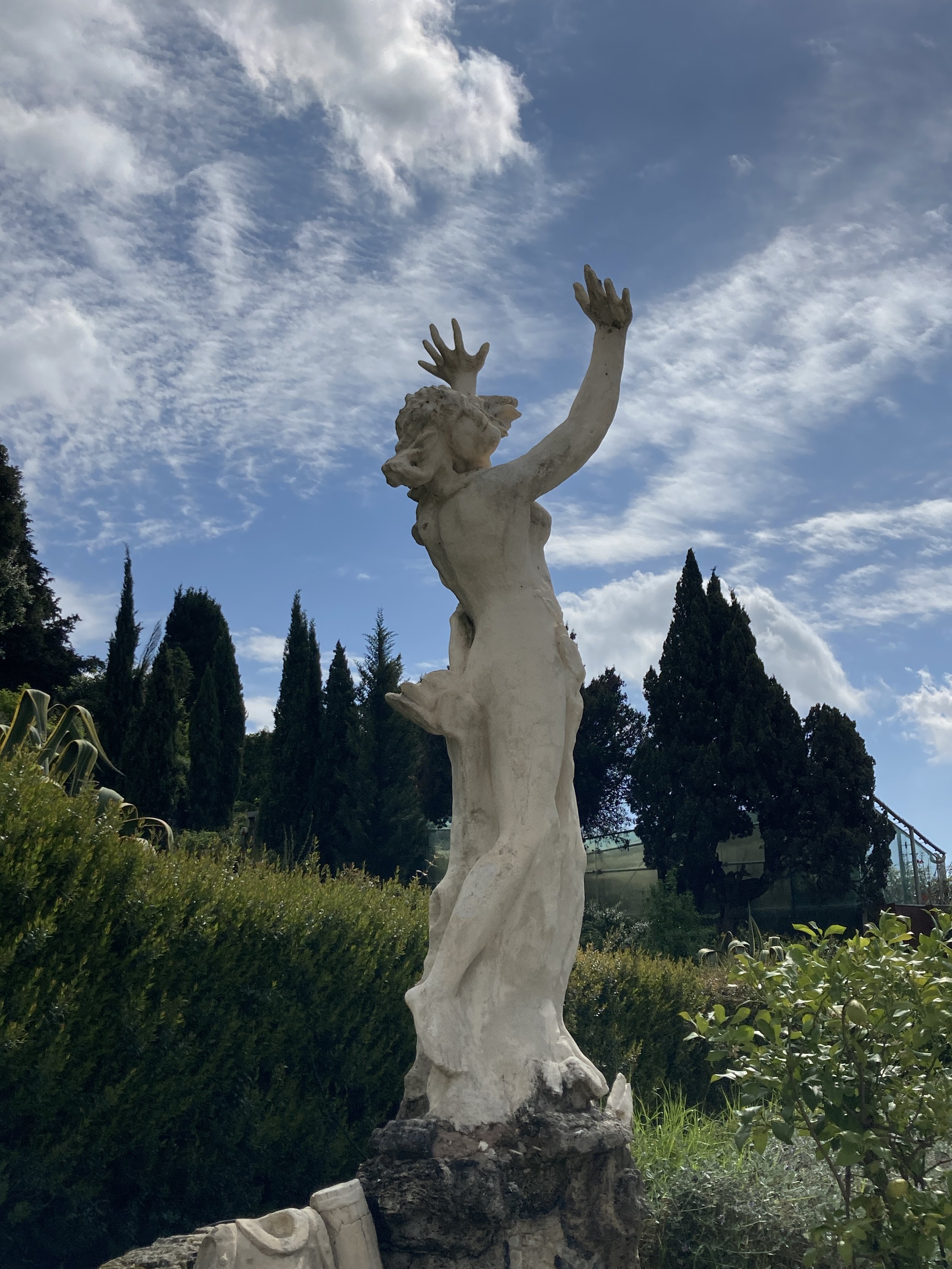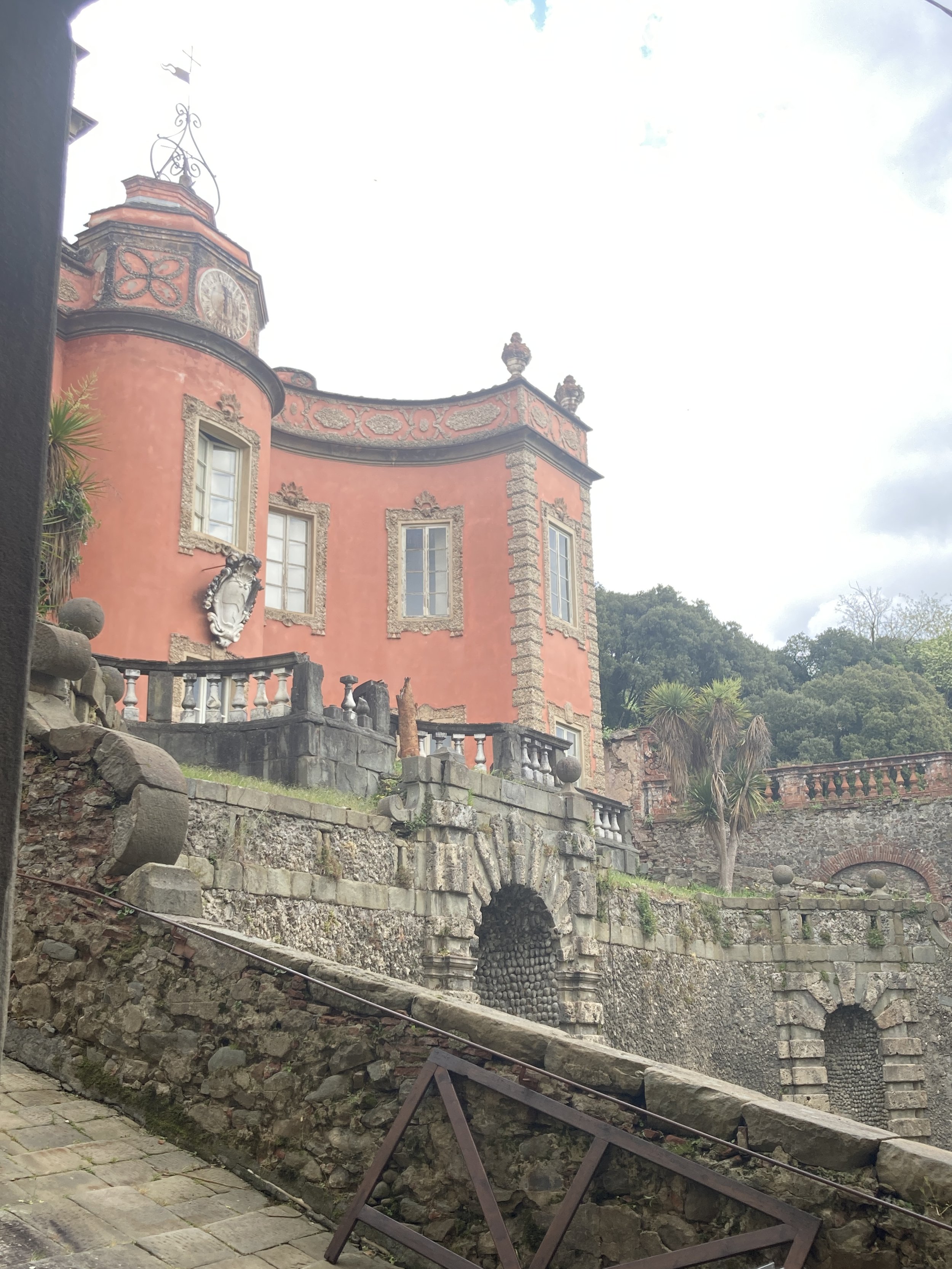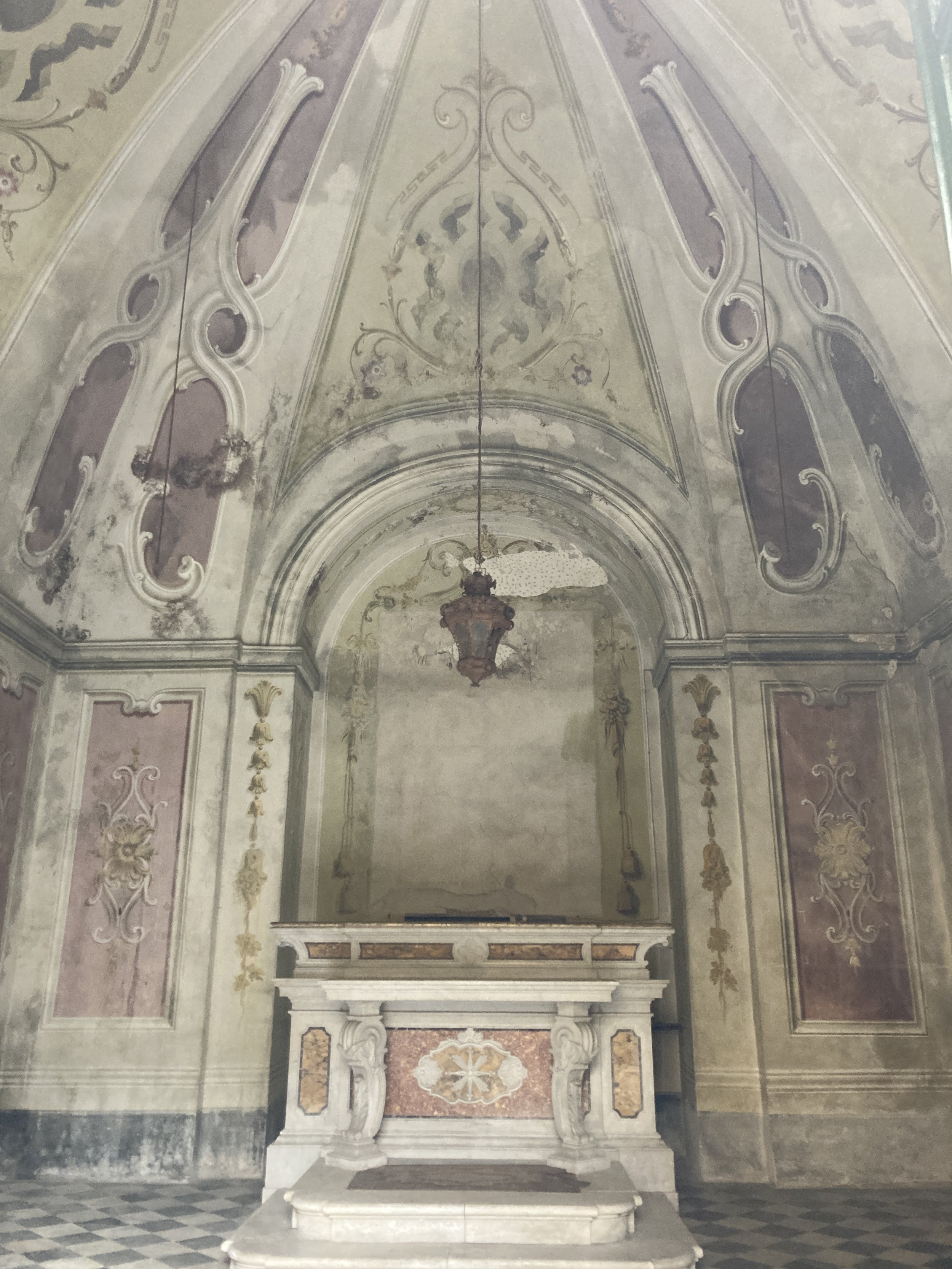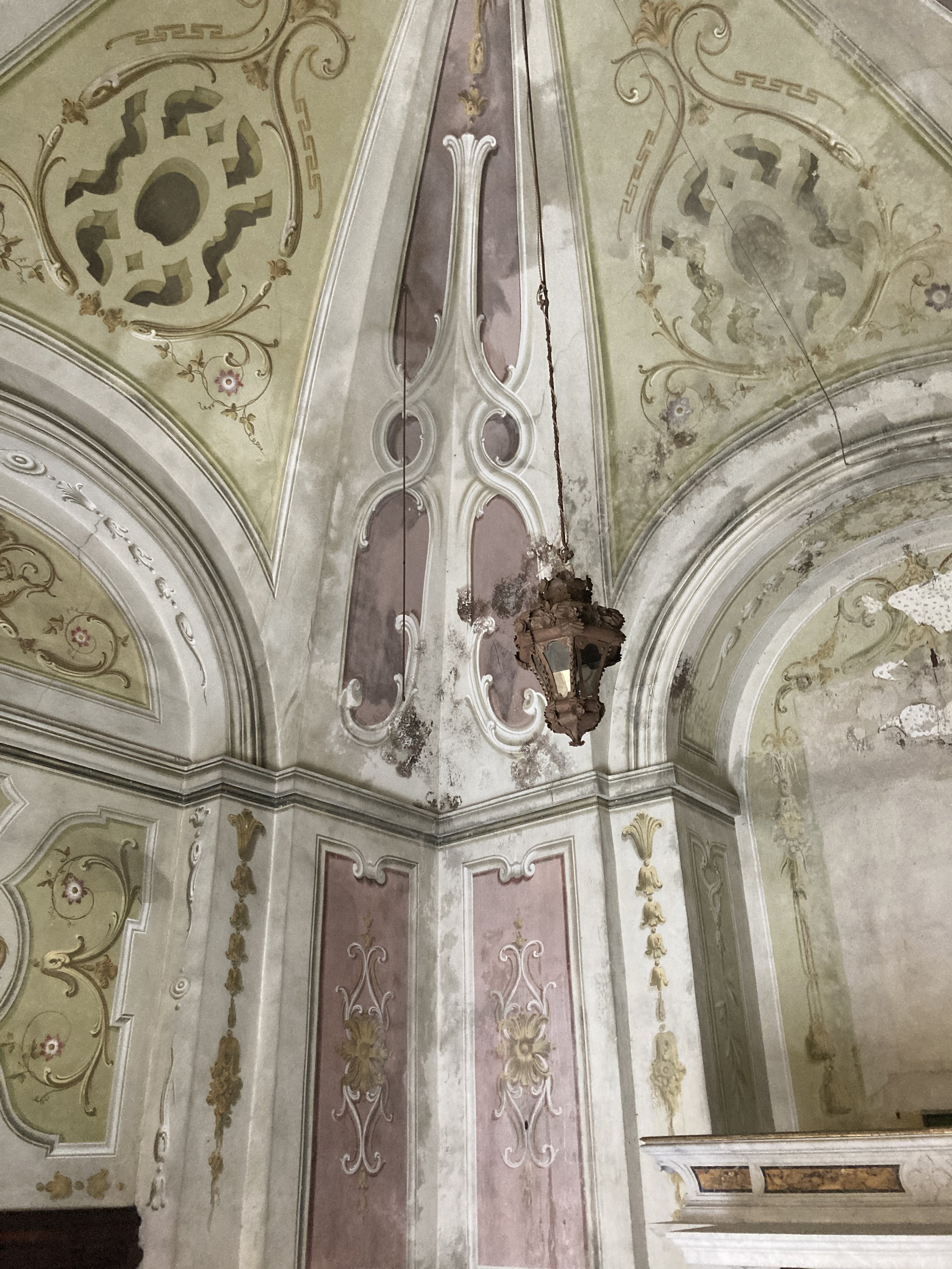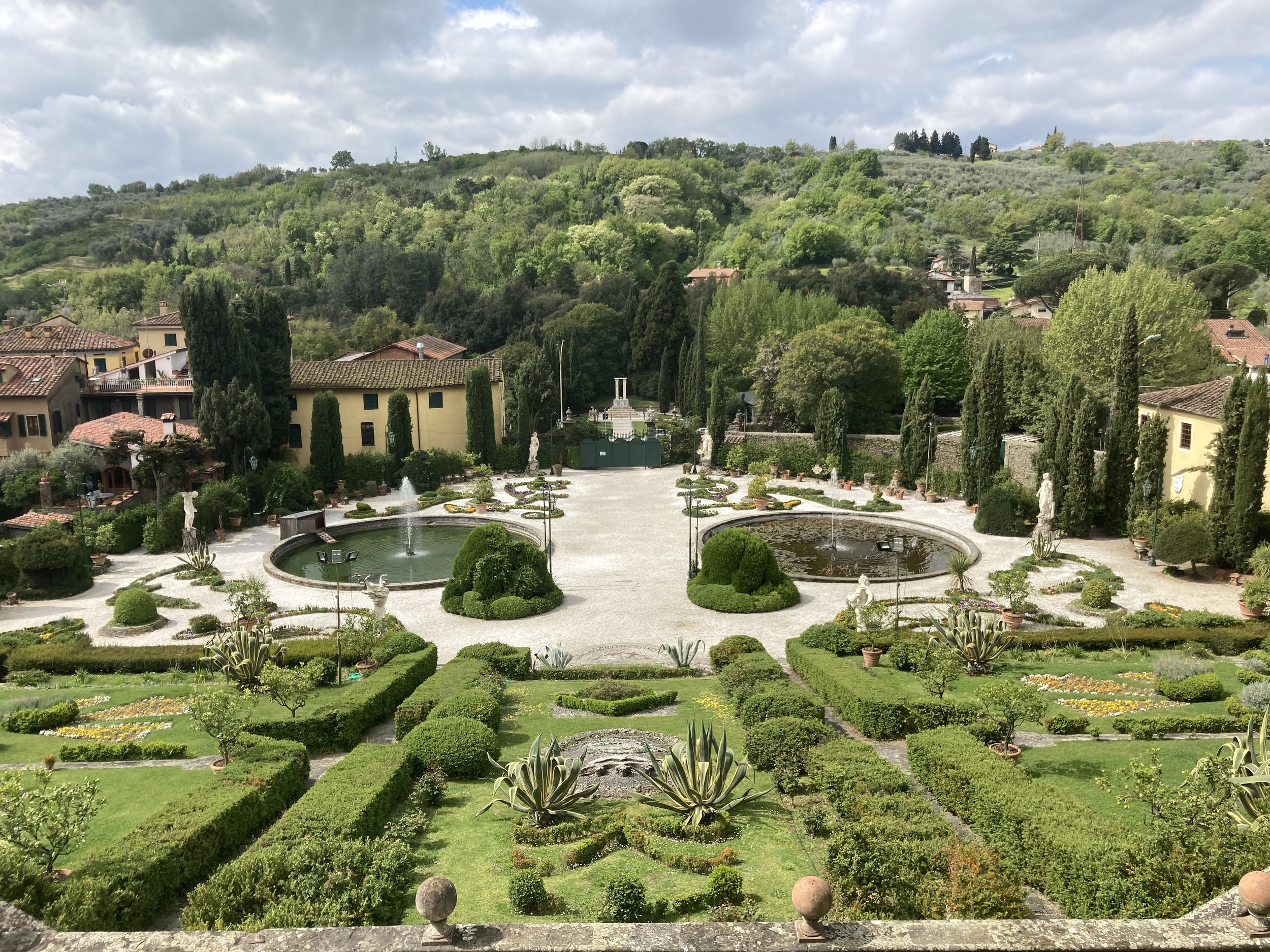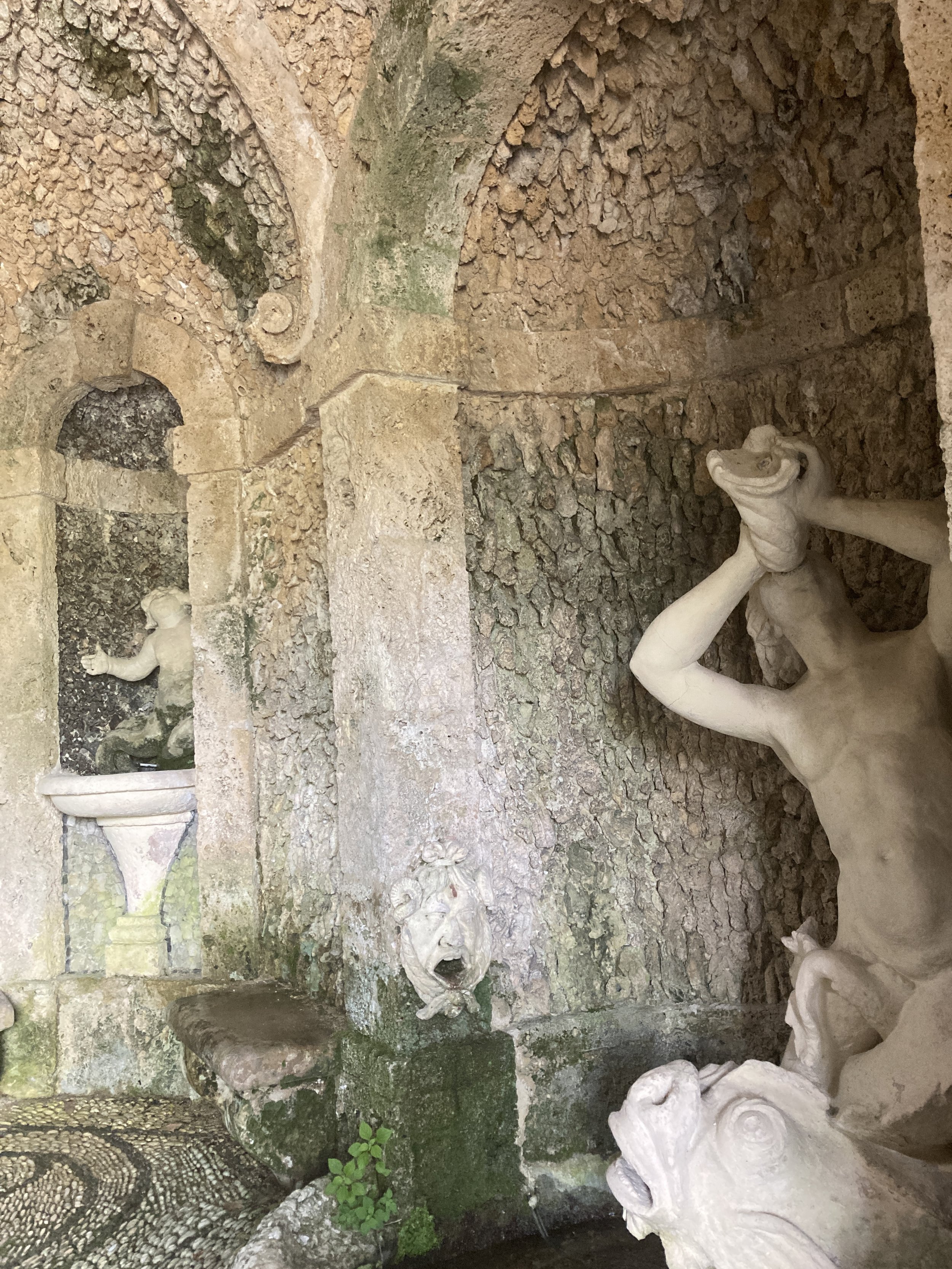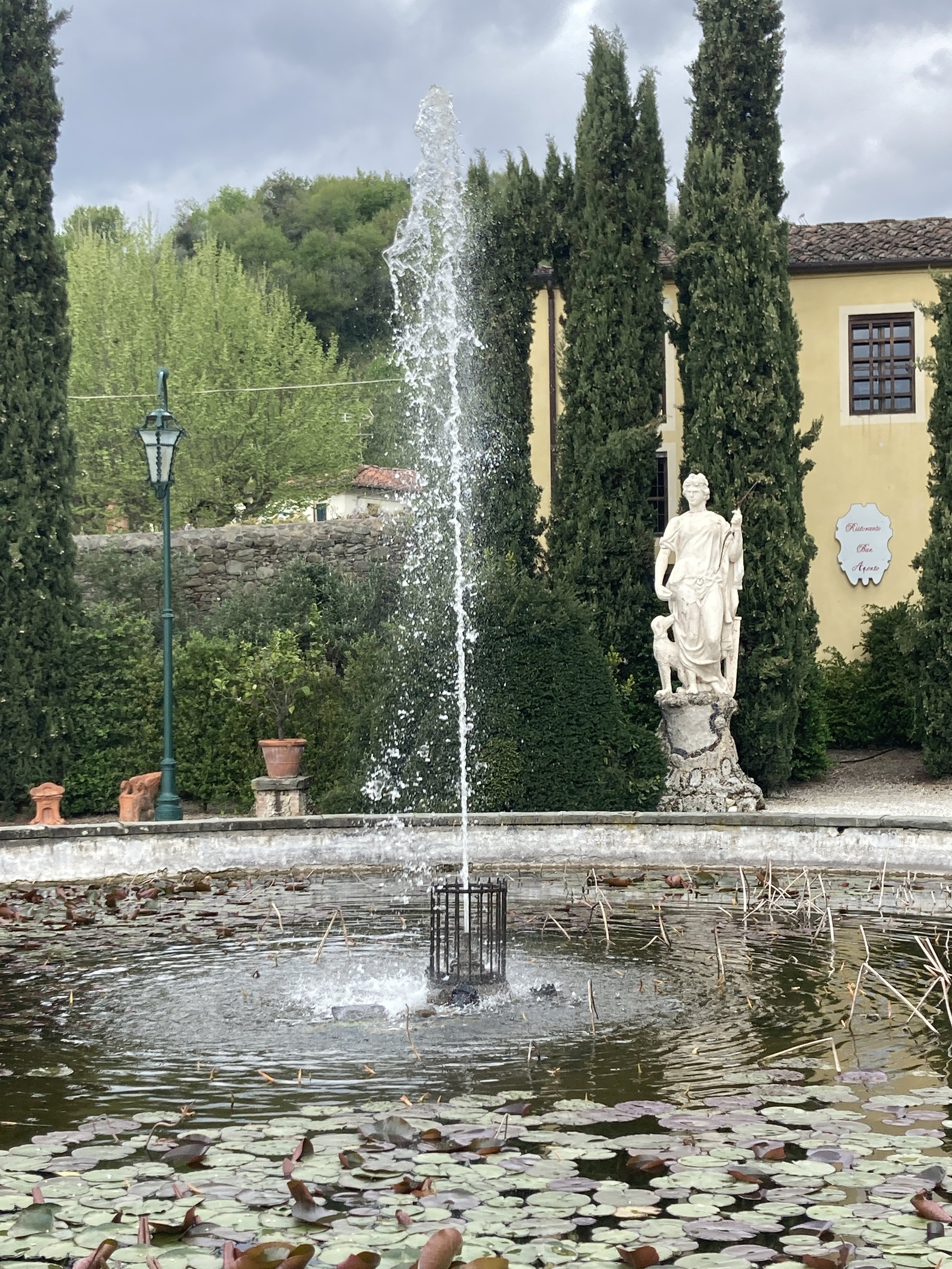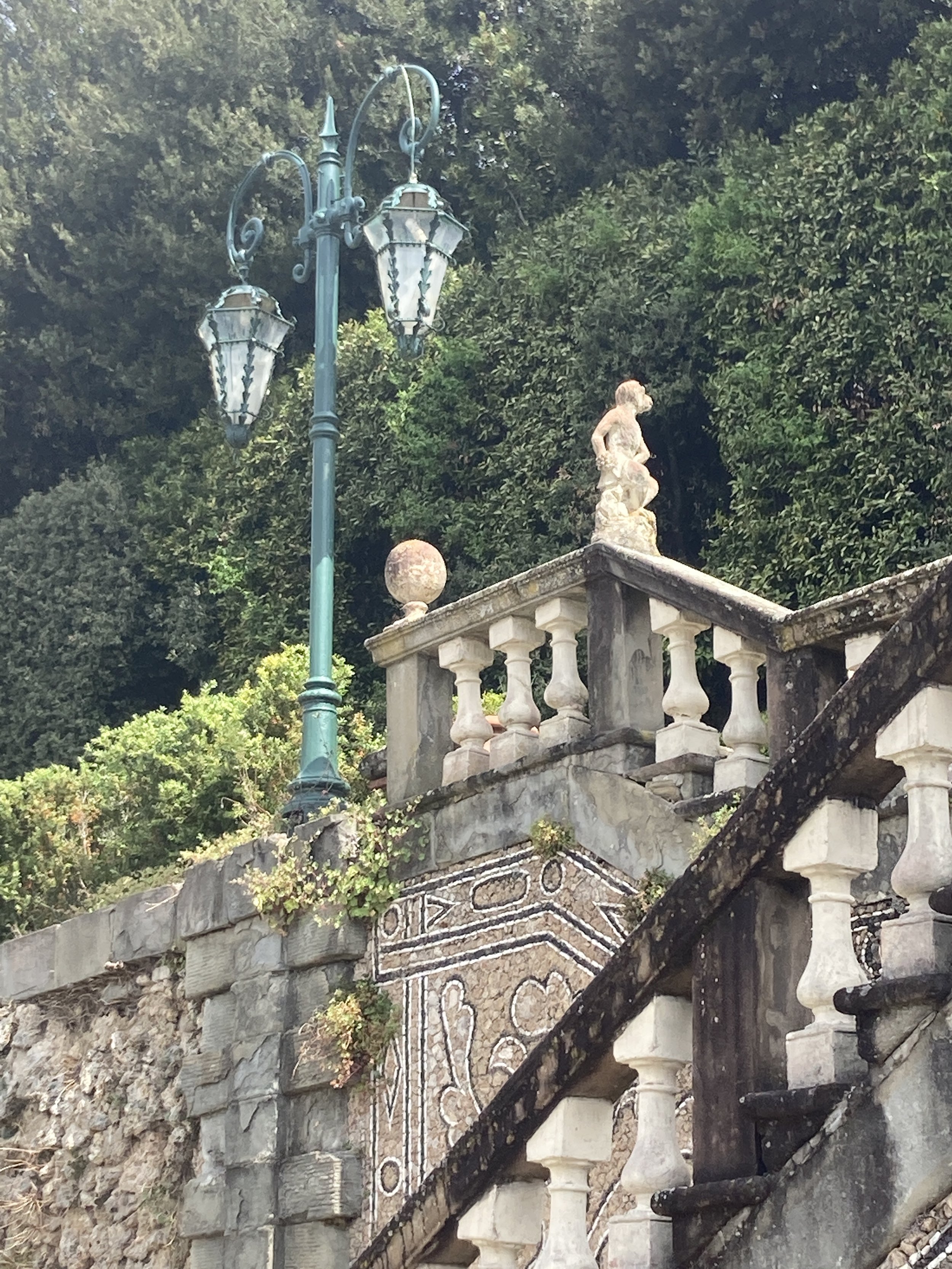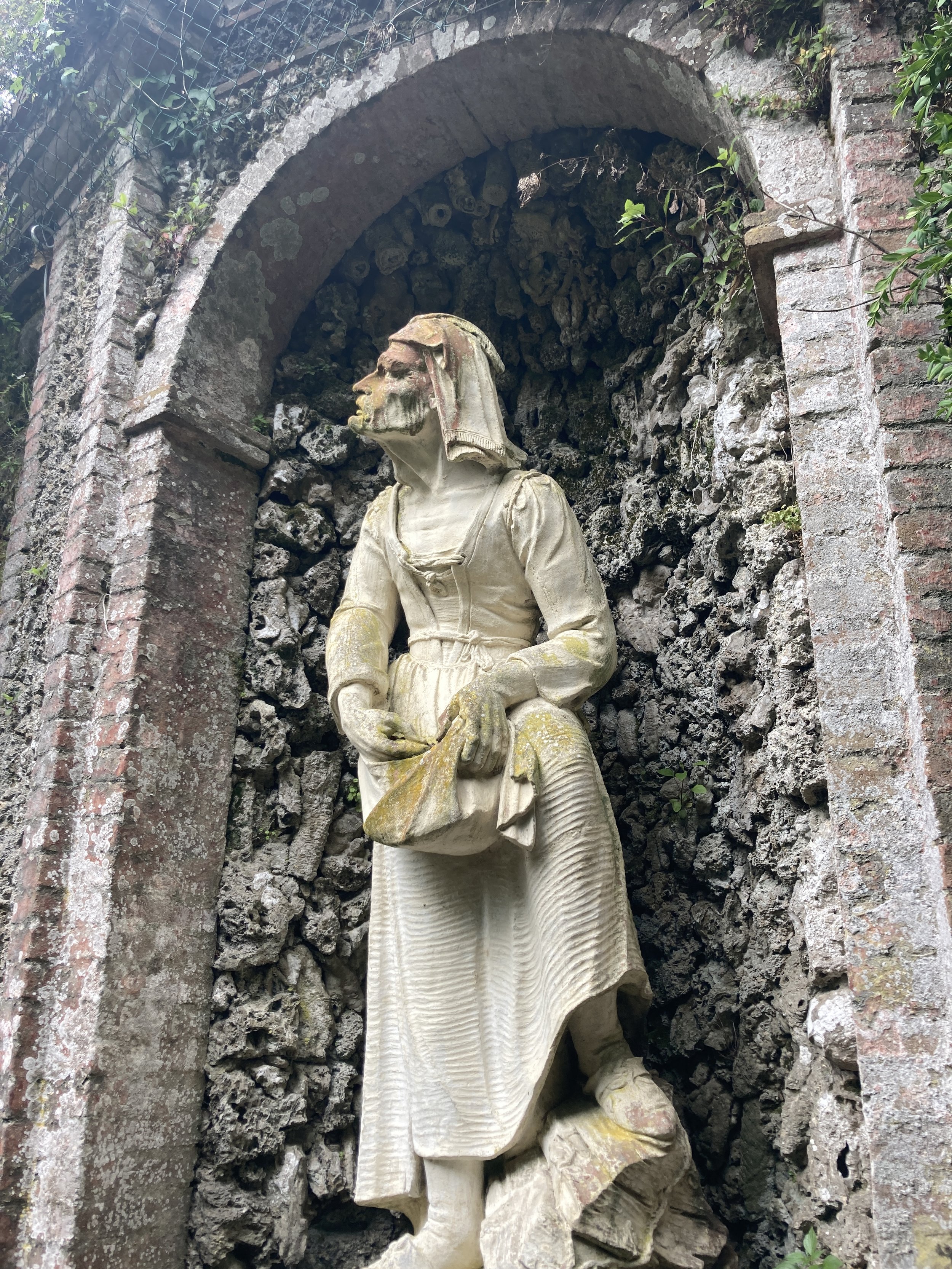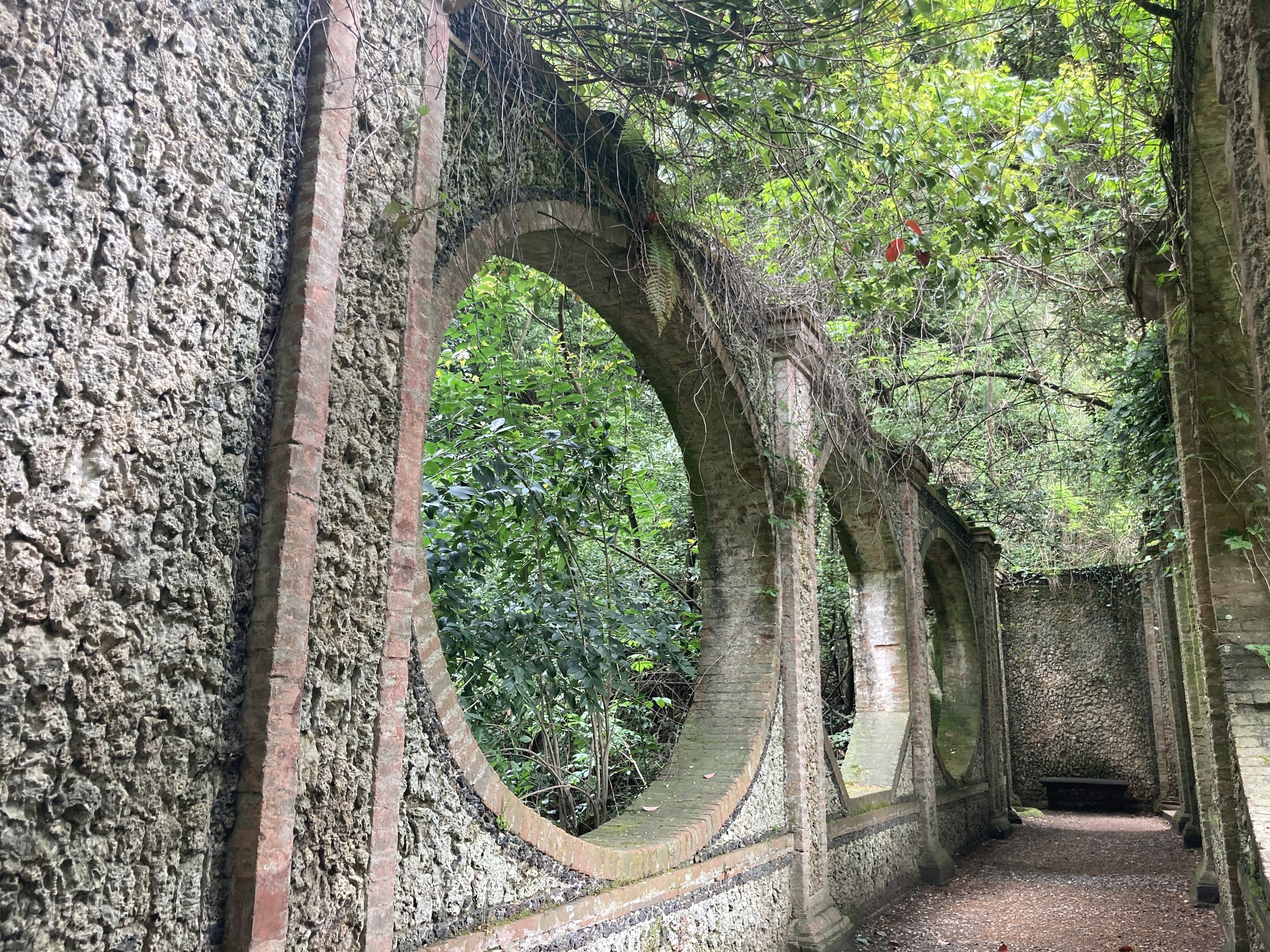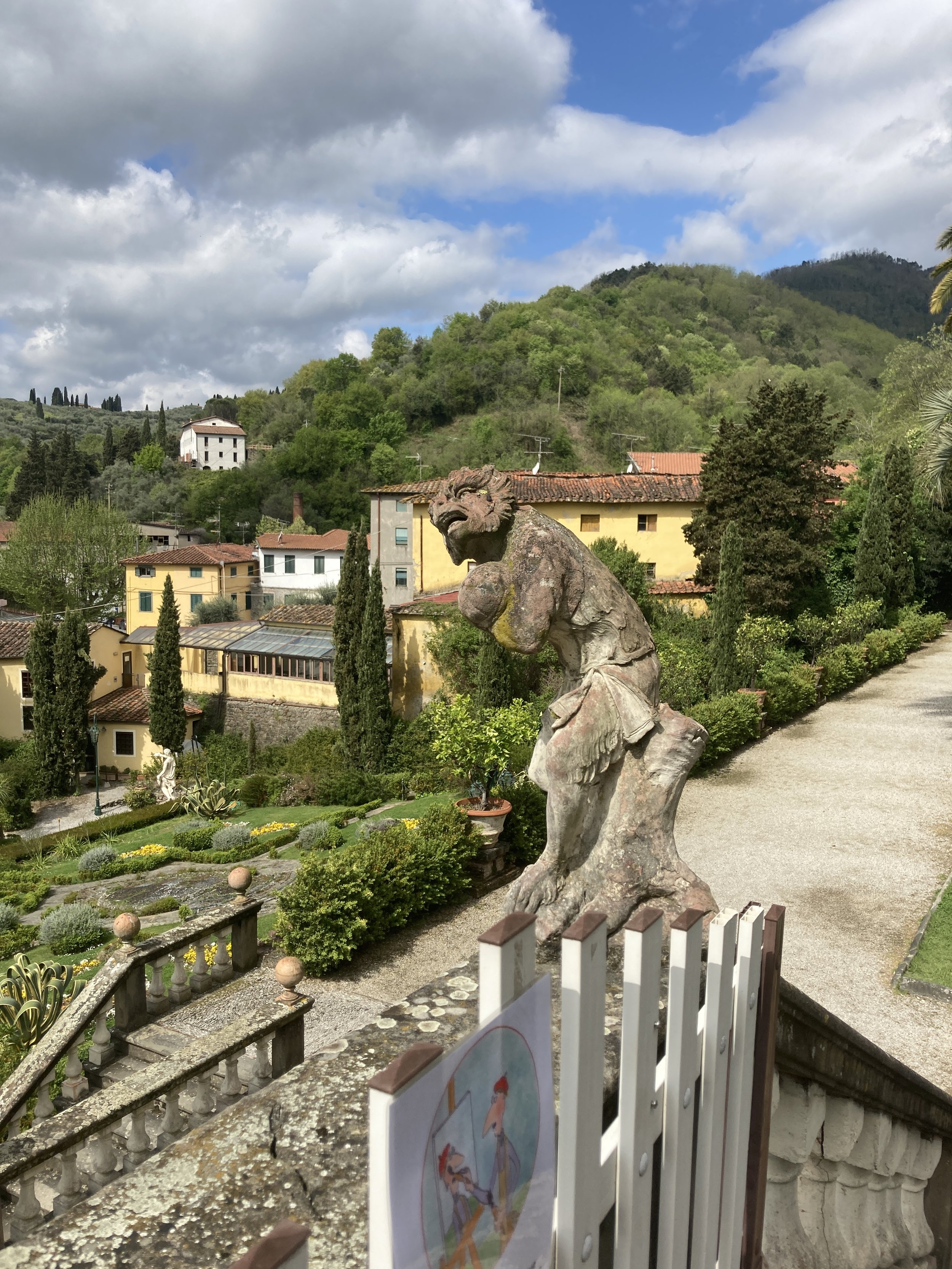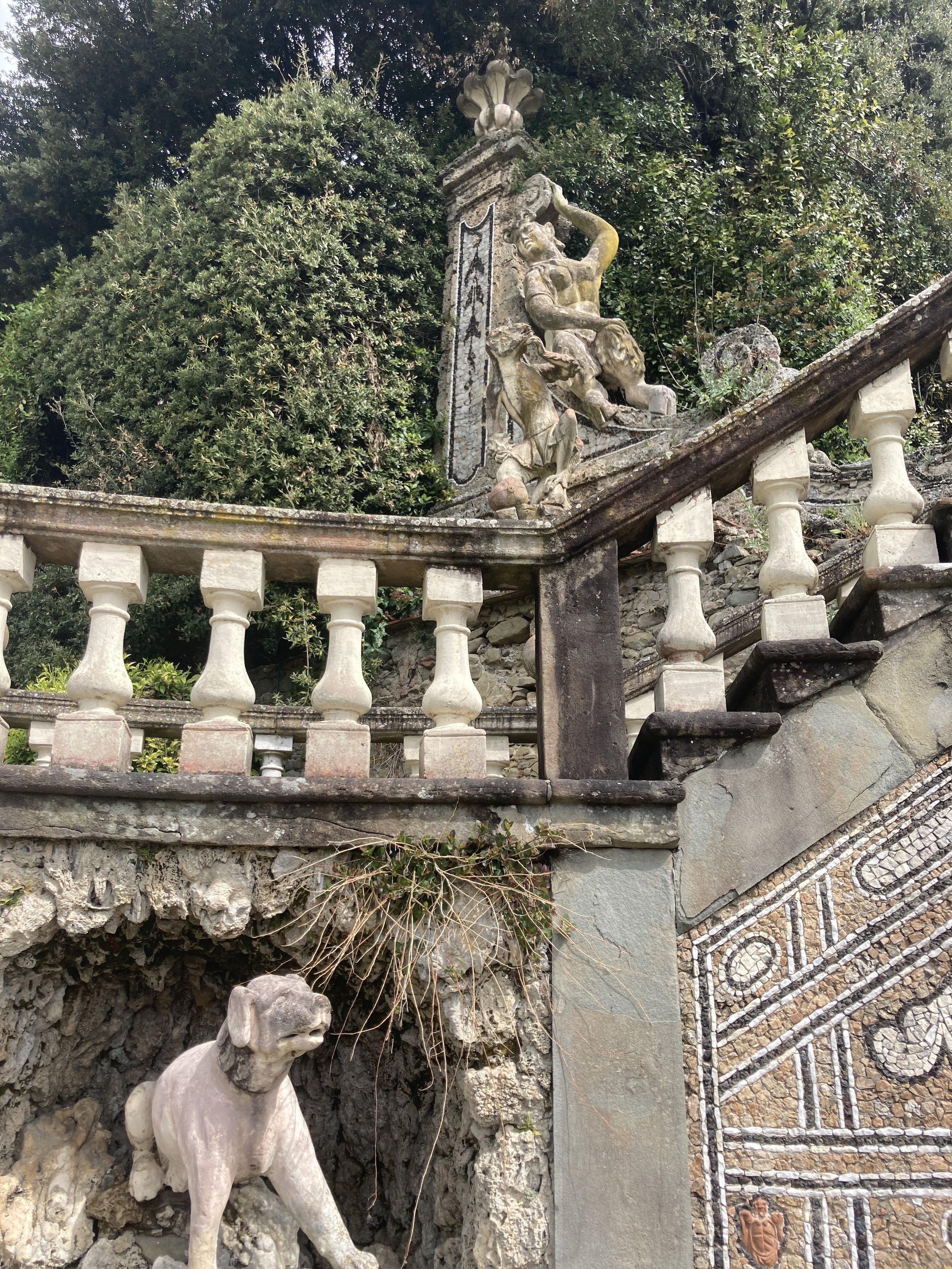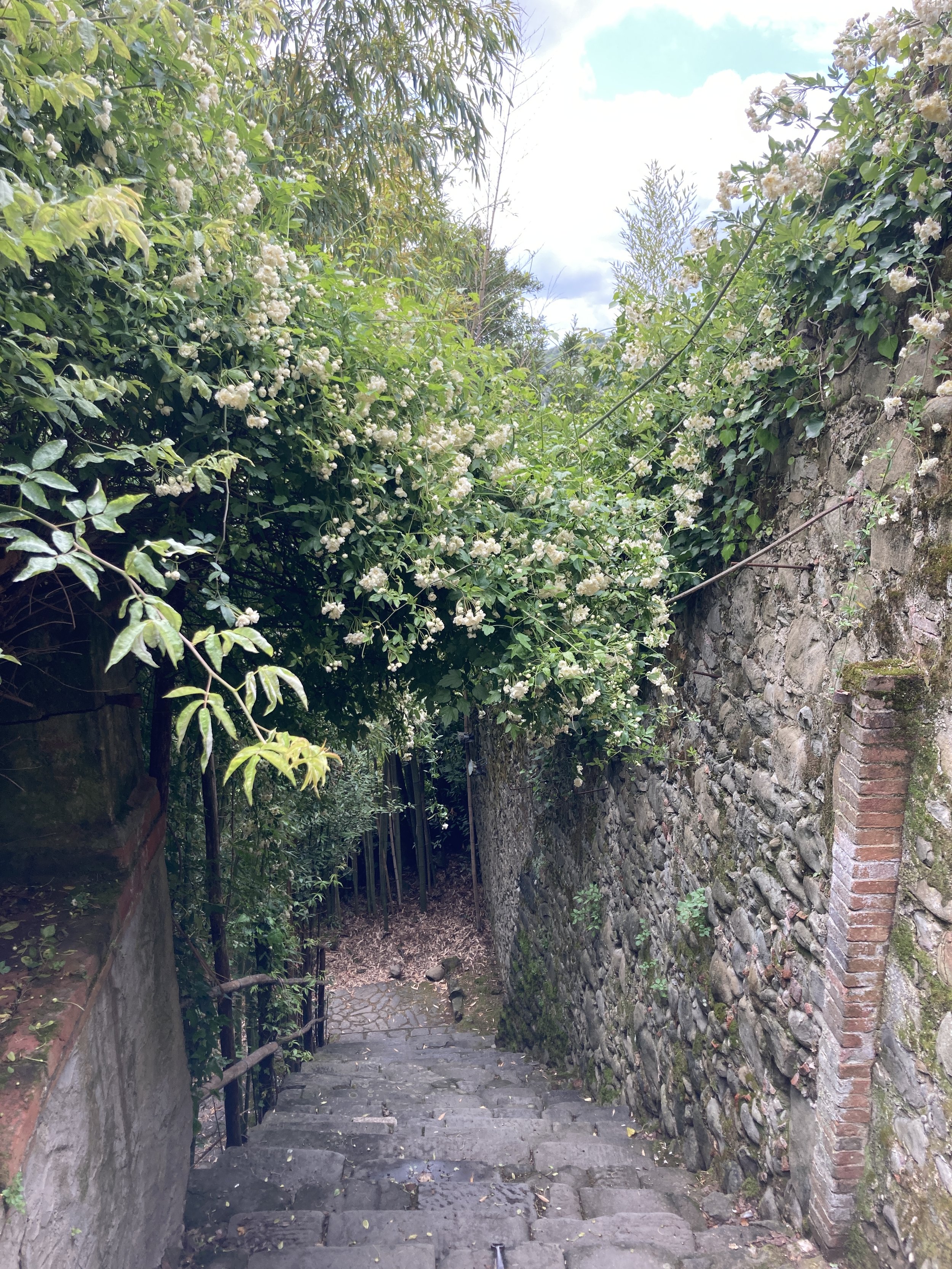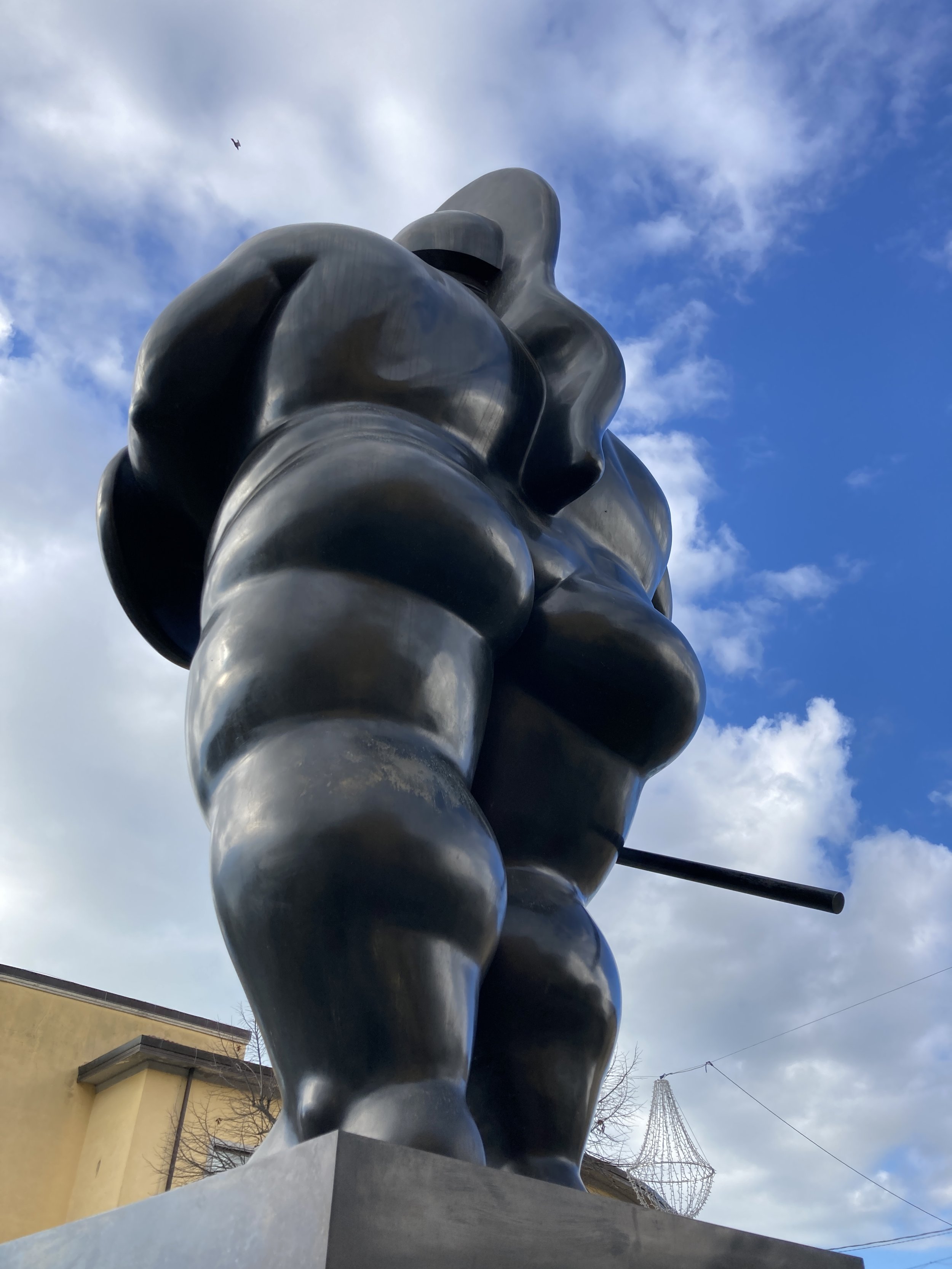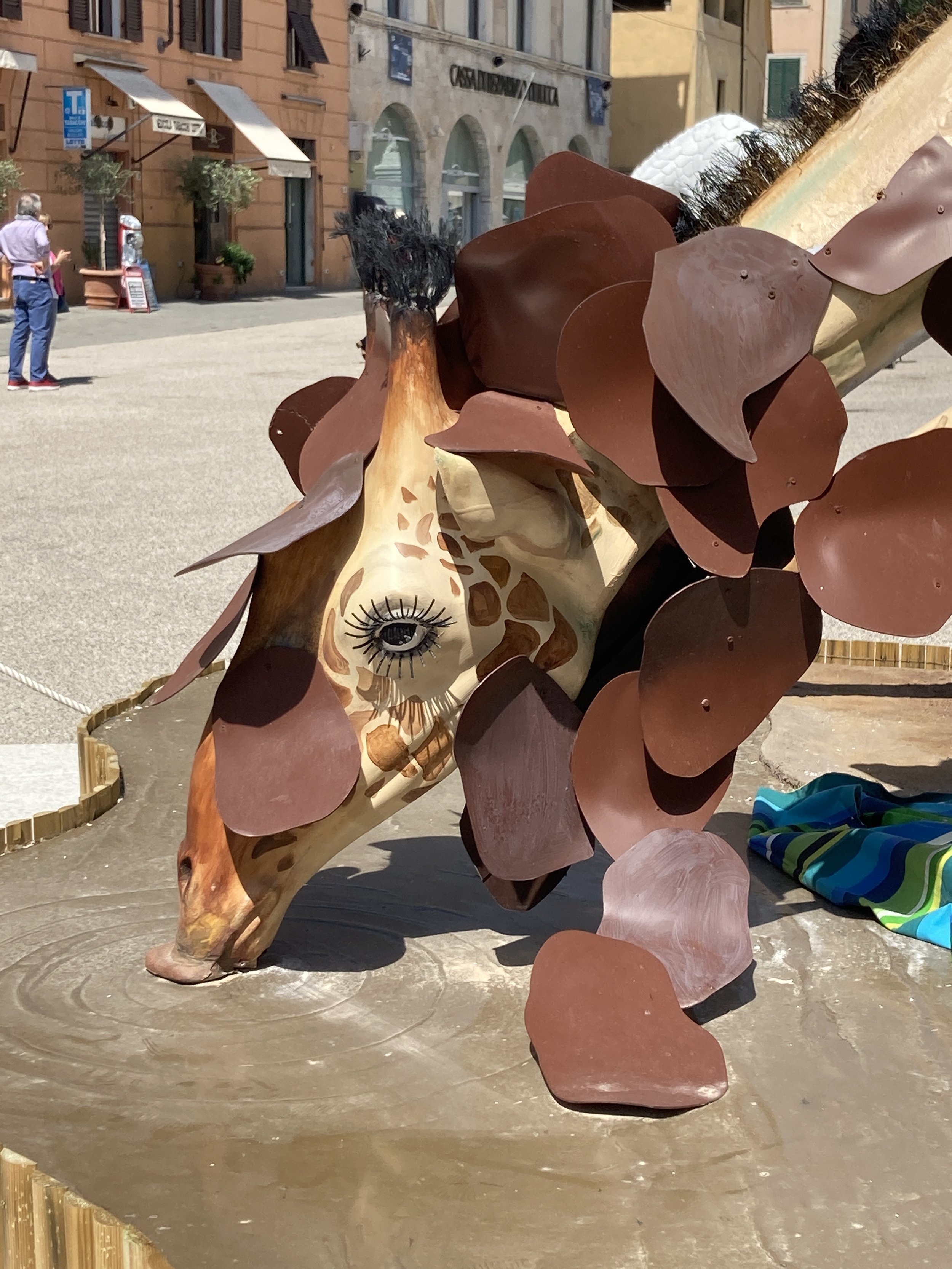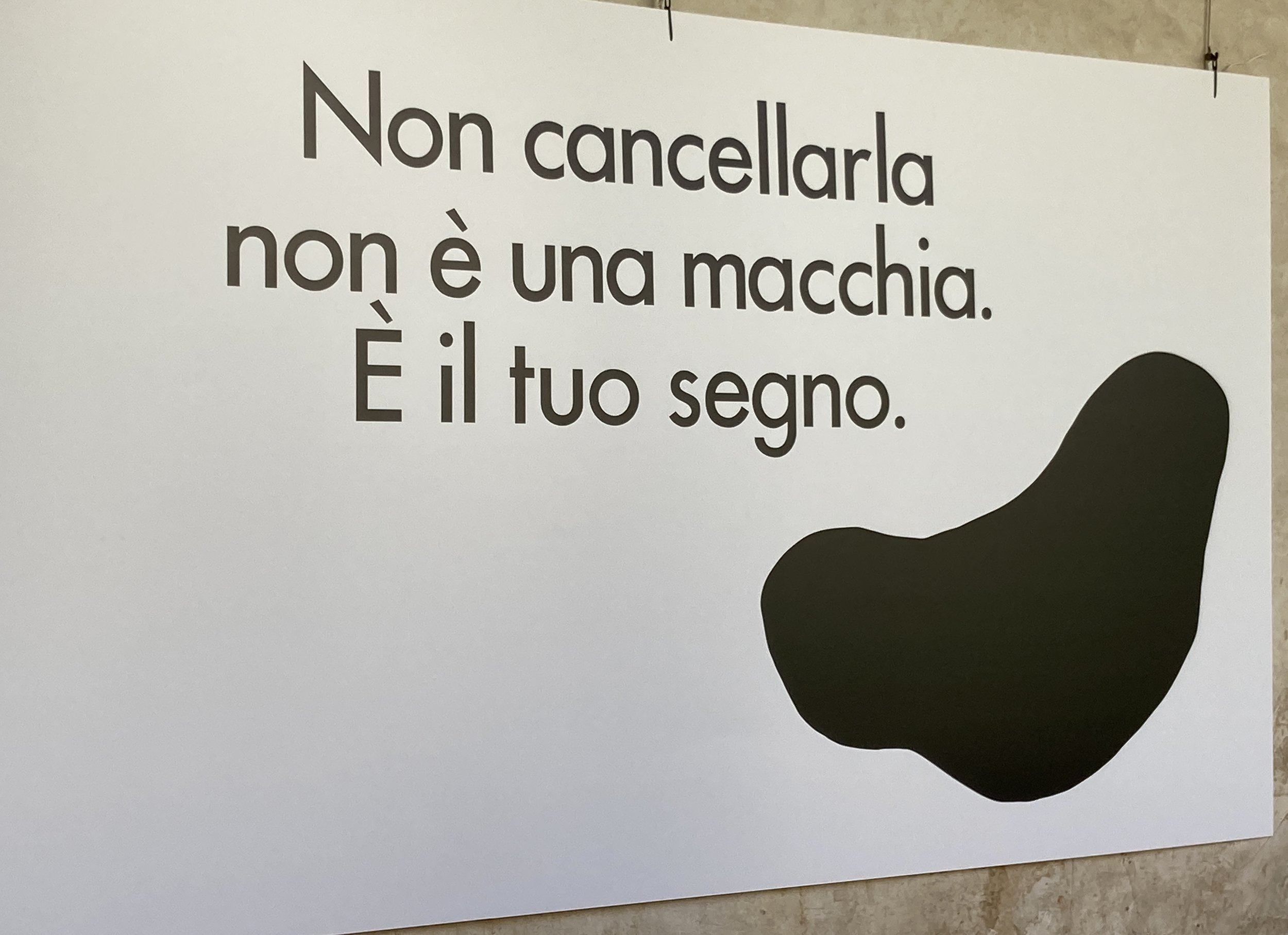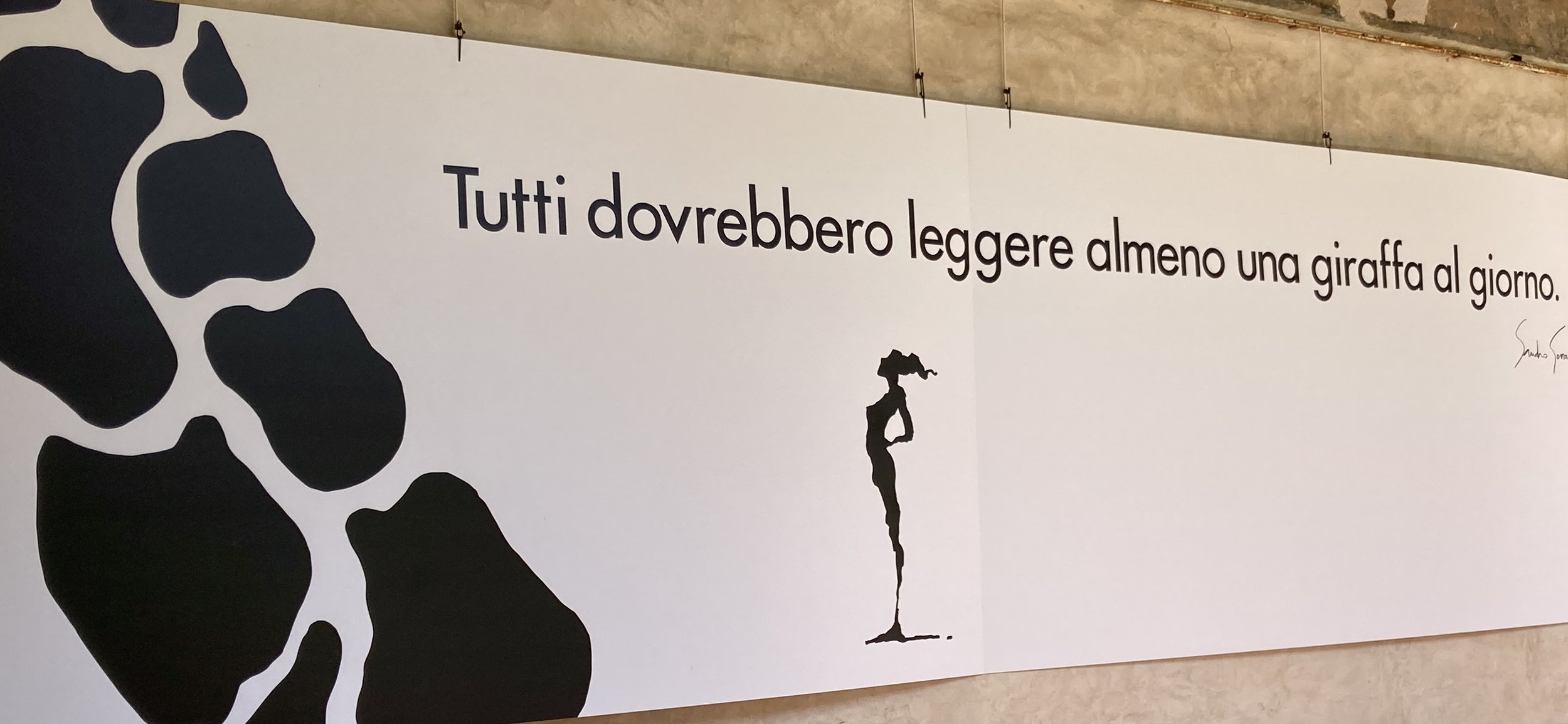A Fountain of Beauty in Lucca
I probably have more photos of her than of any other subject in Lucca - photos taken from every angle, in every light, in every season. She is a fascinating subject and one of Lucca’s most graceful landmarks. She is The Naiade or Water Nymph.
The Naiade rests atop one of Lucca’s many fountains, built in the 1800’s to bring fresh water to the city via Nottolini’s aqueduct.
Some of the fountains are simple utilitarian structures but are few are quite decorative, none more so than the Naiade fountain.
She was sculpted by Luigi Camolli from a design by Nottolini, one of Lucca’s most famous architects and sculptors. She turns an ordinary fountain into a work of art.
The fountain itself is a marvel. At the base is a large bathtub-like marble basin resting on claw feet and decorated with lion’s heads. Above the large basin is a rectangular marble column with water spigots on 3 sides, each one placed above a small basin. This is where so many Lucchese come to fill containers with fresh water direct from the hills beyond Lucca. Locals swear this water is much better, and much more tasty, than either tap or bottled water. Some even have a preferred spigot, always filling their bottles from one side of the fountain. More than just a place to get water, this is also a gathering spot and a place for social connections.
Above the fountain sits the Naiade who is commonly known by a much less proper nickname. To locals she is “La Pupporona” which loosely translates to “The Busty One”, so called because of her one exposed breast (in Tuscan dialect the word puppora means breast). That breast so scandalized a long-ago bishop that he tried to have the statue removed. Fortunately he did not succeed!
The Pupporona is elegant, with softly draped folds in her garments, curvy hips, and perfectly coiffed hair. She is made even more striking by the backdrop offered by the surrounding buildings, including the oche colored Church of San Salvatore (also known as the Church of the Misericordia). The piazza where she resides is also named Salvatore, but don’t be surprised to hear it called Piazza della Pupporona, such is her fame.
Much loved by locals, she is occasionally adorned with a red scarf, a symbol of support for female victims of domestic violence. Once, back in 2017, she was vandalized when someone drew a mustache on her face during the night. Che peccato! The damage was quickly repaired. I don’t believe the culprits were ever caught, but the vandalism caused quite an uproar.
On one of my first visits to Lucca I snapped a photo of the Naiade long before I knew the story behind her creation. I just knew that she was lovely and she quickly became the representative image of Lucca in my memory. Today, that photo is one I use as the symbol for Two Parts Italy and which accompanies each Monday morning email to subscribers. It is still one of my all time favorite photos. Be sure to stop by this small piazza when you visit Lucca. And don’t forget to fill your water bottle!
The statue of the Pupporona at Christmas time




